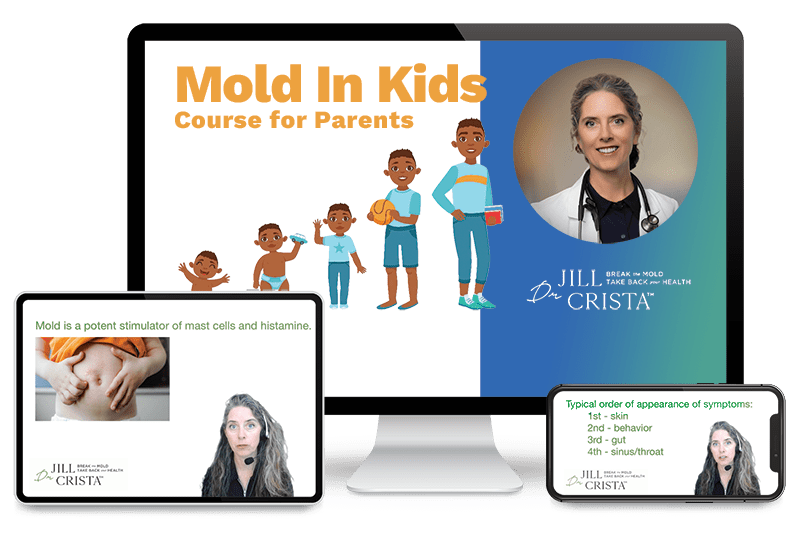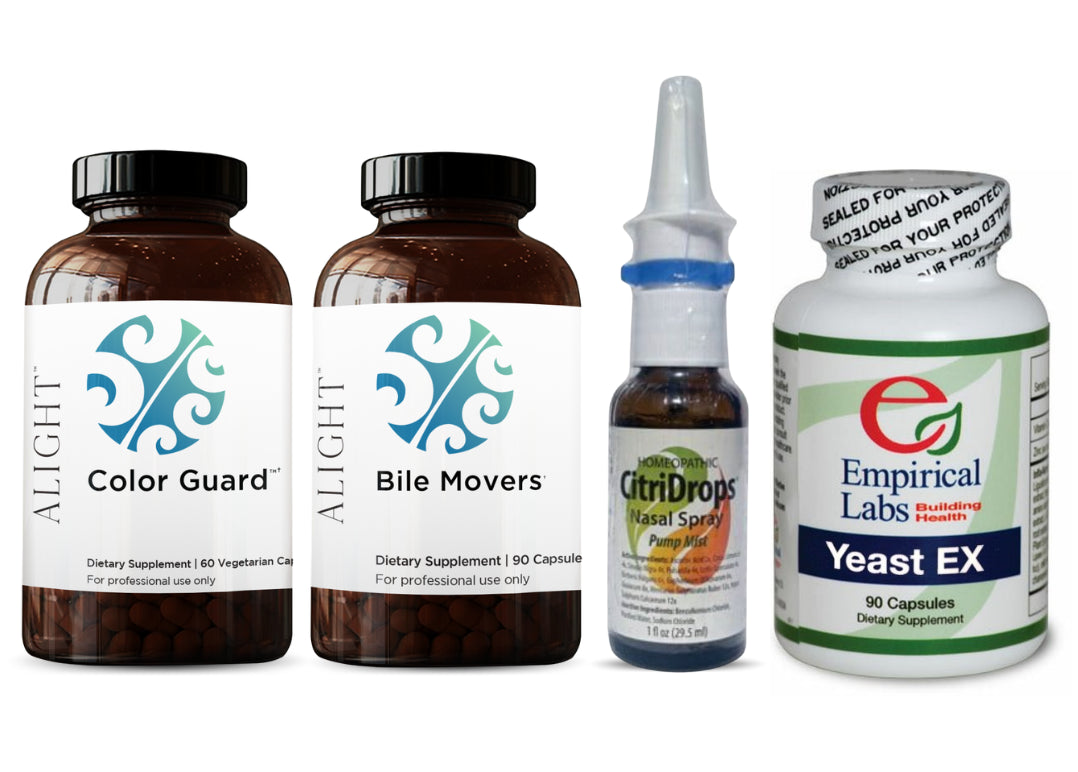
Trichothecenes

Trichothecene mycotoxins are a large family of potently-toxic compounds. Compared to other mycotoxins, trichothecenes are the most toxic, because they require far smaller parts per billion exposure than other mycotoxins to exert their biological effects on humans, pets (including birds), and plants.
Trichothecenes are efficiently absorbed, most notably through the respiratory tract through inhalation, as well as through the skin, eyes, and gastrointestinal system.
Unlike other mycotoxins, they don’t require metabolic activation, which means that they’re active on contact. They quickly enter systemic circulation, with peak detectable levels in blood and plasma in as little as 5 minutes after exposure.
Trichothecenes can easily move into cells and cause severe health effects, including gastroenteritis, dermal irritation, corneal ulceration, neural toxicity, and blood cell suppression, with potential for systemic toxicity to lead to weakness, shock, and even death in cases of significant exposure.
Within the trichothecene family, there is significant variation in toxicity. Macrocyclic trichothecenes, such asroridins, verrucarins, and satratoxins, are generally considered to be among the most toxic trichothecenes.
Trichothecenes Bundle & Save
Buy now
Signs & Symptoms
- Anemia
- Infertility
- Abdominal pain
- Loss of appetite
- Bleeding disorders
- Low blood pressure
- Cognitive impairment
- Weakness, muscle loss
- Fatigue with lassitude
- Blurred or changing vision
- Inability to mount a fever
- Diarrhea (potentially bloody)
- Dizziness, loss of coordination
- Altered intestinal permeability
- Difficulty breathing, chest pain
- Sneezing, runny nose, nosebleeds
- Wheezing, cough (potentially bloody)
- Nausea, vomiting (potentially bloody)
- Increased susceptibility to infections
- Nasal and throat irritation, pain, itching
- Skin irritation, tenderness, redness, itching, peeling (can be severe)
Toxicity
Trichothecenes are significantly more toxic than the well-known chemical agent, mustard gas.
It’s concerning that these same molecules exist in the breathable air of damp and water-damaged buildings, and that they are effeciently absorbed by inhaling them.
Download the Trichothecenes Fact Sheet for Patients

Trichothecenes Q&A with Dr. Crista

Medical Practitioner Technical Sheet
The Citrinin Tech Sheet for Practitioners is included in the Updates in Mold-Related Illness course materials





